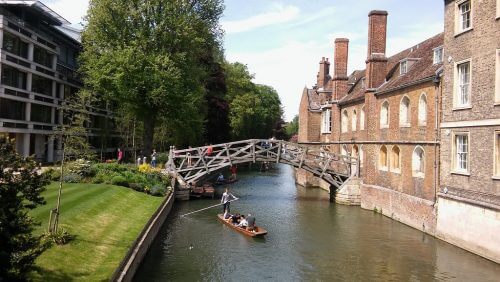 Cambridgeshire is seeing unprecedented pressure for jobs and housing growth. Andrew Allen, Policy Analyst at the Campaign for Better Transport, asks whether plans to dual a busy road will help or hinder the creation of a modern, efficient transport system for the county
Cambridgeshire is seeing unprecedented pressure for jobs and housing growth. Andrew Allen, Policy Analyst at the Campaign for Better Transport, asks whether plans to dual a busy road will help or hinder the creation of a modern, efficient transport system for the county
The Cambridgeshire and Peterborough Combined Authority and the Greater Cambridge Partnership have published the outcome of a major study examining future travel patterns between Ely and Cambridge.
The research was carried out by Mott MacDonald and Cambridgeshire County Council and was commissioned to be wide-ranging and multi-modal, looking at transport requirements in the coming decades with specific attention given to planned population growth at Waterbeach and Ely, and new employment sites on the northern edge of Cambridge.
An overall criticism of the report is that it really doesn’t satisfy the initial brief. Rather than a multi-modal corridor study, it actually appears a narrowly-drawn road study. […]
By subscribing you will benefit from:
- Operator & Supplier Profiles
- Face-to-Face Interviews
- Lastest News
- Test Drives and Reviews
- Legal Updates
- Route Focus
- Industry Insider Opinions
- Passenger Perspective
- Vehicle Launches
- and much more!


